[…] deep addressability would allow for the identification not only of things with mass but also of relations between things. Once again, each letter in the sentence you are reading right now could have an address, but your act of reading of each one of them, those immaterial relations between two things, it and you, could be addressed as well, and from this graph and set traces proliferate and become techniques of a new geography. One can address both a discrete thing and the abstract reverberating envelope of relations around it that could extend toward infinity. Put differently, deep addressability includes not only discrete entities but also multiple levels of abstraction, as well as the traces of those entities and in turn the abstractions we hold for those — not just addressable nouns but addressable verbs, events, and allegories. While it’s unlikely that I could exhaust 1028 addresses for familiar physical things over the course of my life span, I could easily exhaust that many relations of relations of relations of relations. I could spend all my addresses in an instant of we were to extend relationality all the way down into the abyss. The exhaustion of any full allocation of deep address exists therefore somewhere between never and instantaneously, and the measure of that vast middle ground is essential to the design brief of the Address layer of The Stack. Whereas the traditional Internet of Things situates a network of physical objects, the full Address layer would include all these but also concepts, events, procedures, and memes, addressable at a common level through a generic protocol. While there are real barriers to a global IPv6 implementation, some technological, others economic, and others political, we should assume that for The Stack, some platform for deep address will in time enumerate things and events at a similar or even more granular scale, giving way to disorienting associations between micro- and macrocosmos, linking, delinking, and blurring across natural scales.
The Stack, On Software and Sovereignty, Benjamin H. Bratton.
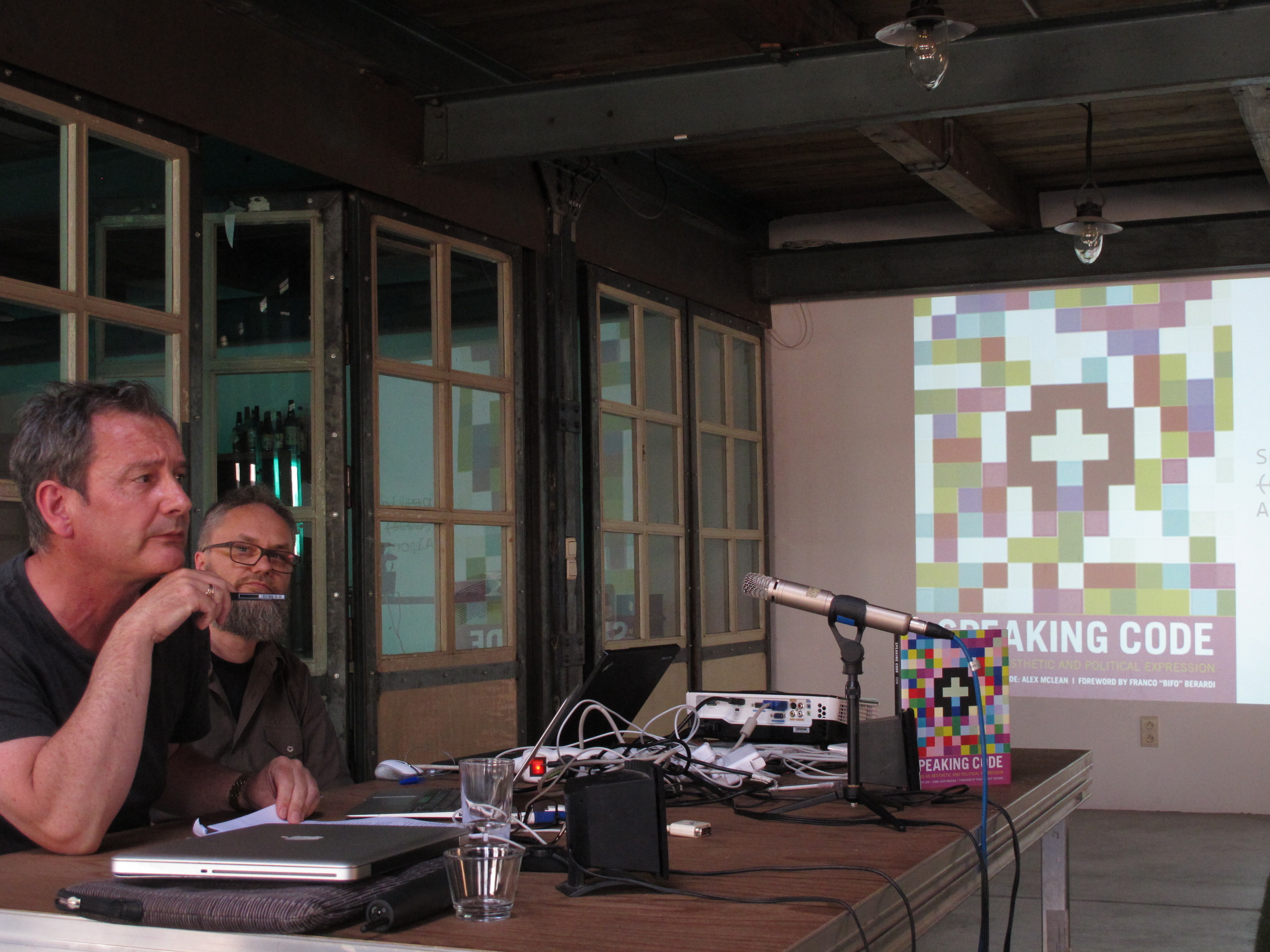
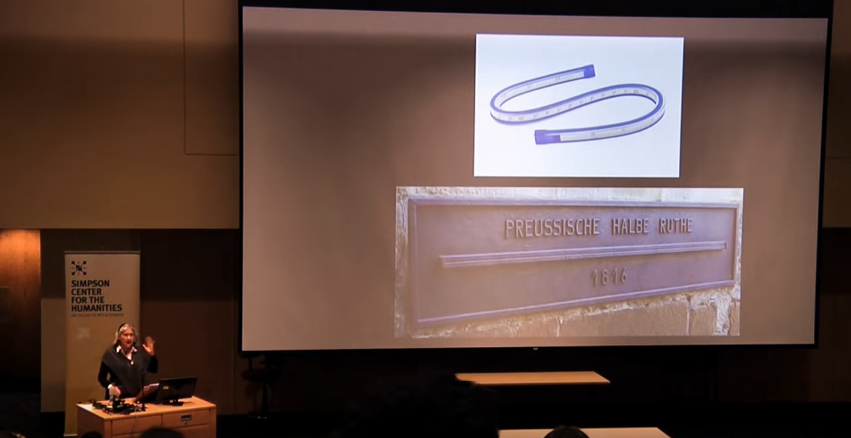
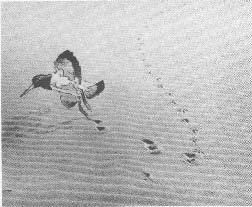 LATE IN 1967 a book was published in England which is as charming as it must be fascinating to all who are interested in the theory and practice of interpretation. Its principal author is the Dutch naturalist and ethologist Niko Tinbergen, who combined with a friend and artist to photograph the tracks left in the sand of the dunes by a variety of creatures and to reconstruct the stories they reveal in word and in image. The illustration I selected (Figure 1) shows the tracks of an oyster catcher peacefully walking along over the dunes till something apparently alarmed it, the walk turned into a hop, leaving deeper imprints in the sand, and it took off on its wings. This is not all the naturalists could infer from the configuration of the sand. They know that a bird cannot take off except precisely against the wind. At the time of the event, therefore, the wind must have blown from the left of the picture. But if you observe the ripples of the sand, they were formed by a wind coming from the direction of the camera. Accordingly, the tracks correctly interpreted reveal another story of the past: there was a change of wind between the formation of the ripples and that of the footprints. Not all of the picture illustrated is a photograph. What the artist has done is to superimpose on it his reconstruction of the oyster catcher taking off. This is how it appears to his mind’s eye and how, he is sure, it would have looked to the camera if one had been present at the moment.
LATE IN 1967 a book was published in England which is as charming as it must be fascinating to all who are interested in the theory and practice of interpretation. Its principal author is the Dutch naturalist and ethologist Niko Tinbergen, who combined with a friend and artist to photograph the tracks left in the sand of the dunes by a variety of creatures and to reconstruct the stories they reveal in word and in image. The illustration I selected (Figure 1) shows the tracks of an oyster catcher peacefully walking along over the dunes till something apparently alarmed it, the walk turned into a hop, leaving deeper imprints in the sand, and it took off on its wings. This is not all the naturalists could infer from the configuration of the sand. They know that a bird cannot take off except precisely against the wind. At the time of the event, therefore, the wind must have blown from the left of the picture. But if you observe the ripples of the sand, they were formed by a wind coming from the direction of the camera. Accordingly, the tracks correctly interpreted reveal another story of the past: there was a change of wind between the formation of the ripples and that of the footprints. Not all of the picture illustrated is a photograph. What the artist has done is to superimpose on it his reconstruction of the oyster catcher taking off. This is how it appears to his mind’s eye and how, he is sure, it would have looked to the camera if one had been present at the moment.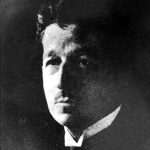 Both questioned document examination and computer forensics belong to a branch of forensic science known as “trace evidence,” which owes its existence to the work of the French investigator Edmond Locard. Locard’s famous Exchange Principle may be glossed as follows: “a cross-transfer of evidence takes place whenever a criminal comes into contact with a victim, an object, or a crime scene.” Locard, a professed admirer of Arthur Conan Doyle who worked out of a police laboratory in Lyons until his death in 1966, pioneered the study of hair, fibers, soil, glass, paint, and other small things forgotten, primarily through microscopic means. His life’s work is the cornerstone of the stark dictum underlying contemporary forensic science: “Every contact leaves a trace.” This is more, not less, true in the delicate reaches of computer systems. Much hacker and cracker lore is given over to the problem of covering one’s “footsteps” when operating on a system uninvited; conversely, computer security often involves uncovering traces of suspicious activity inadvertently left behind in logs and system records.
Both questioned document examination and computer forensics belong to a branch of forensic science known as “trace evidence,” which owes its existence to the work of the French investigator Edmond Locard. Locard’s famous Exchange Principle may be glossed as follows: “a cross-transfer of evidence takes place whenever a criminal comes into contact with a victim, an object, or a crime scene.” Locard, a professed admirer of Arthur Conan Doyle who worked out of a police laboratory in Lyons until his death in 1966, pioneered the study of hair, fibers, soil, glass, paint, and other small things forgotten, primarily through microscopic means. His life’s work is the cornerstone of the stark dictum underlying contemporary forensic science: “Every contact leaves a trace.” This is more, not less, true in the delicate reaches of computer systems. Much hacker and cracker lore is given over to the problem of covering one’s “footsteps” when operating on a system uninvited; conversely, computer security often involves uncovering traces of suspicious activity inadvertently left behind in logs and system records.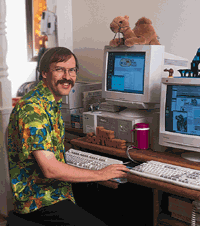 From
From